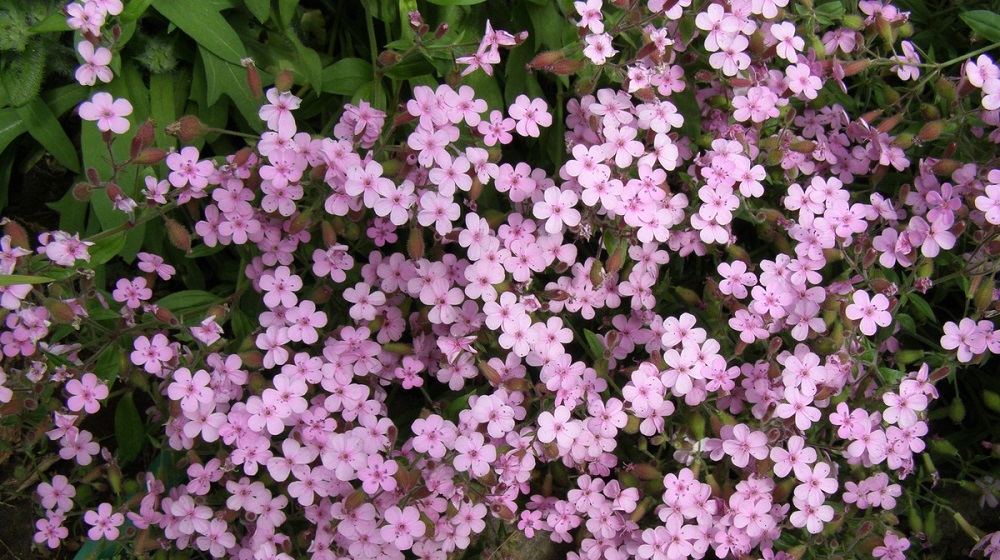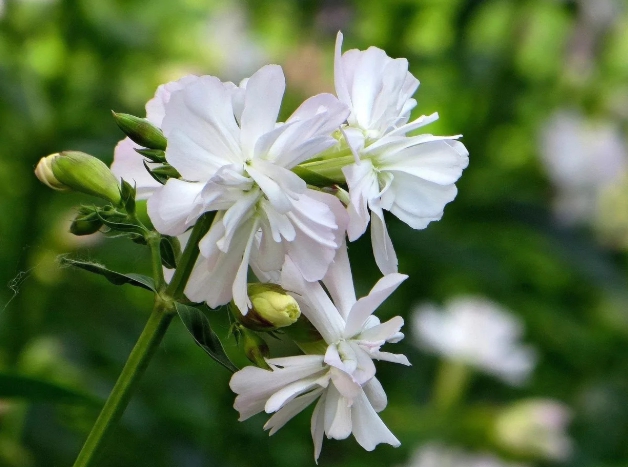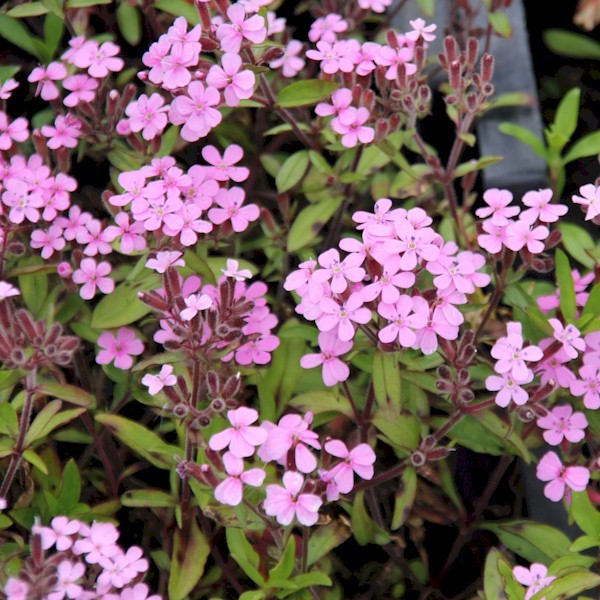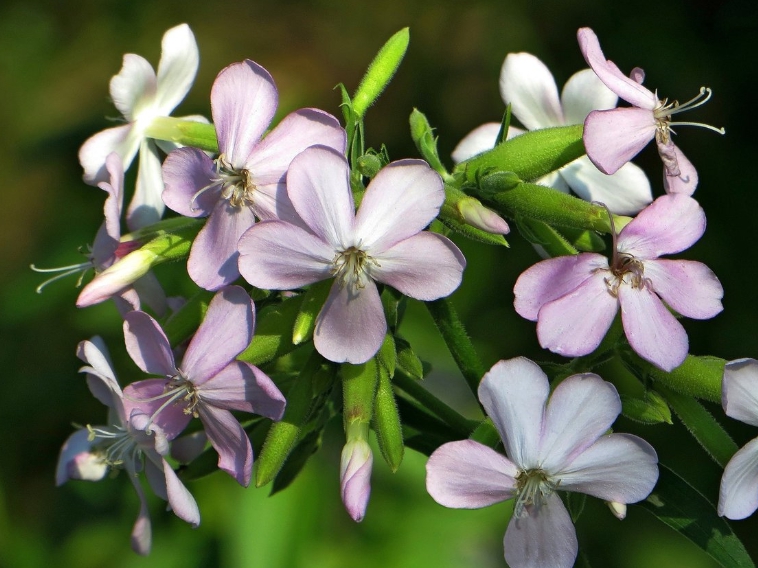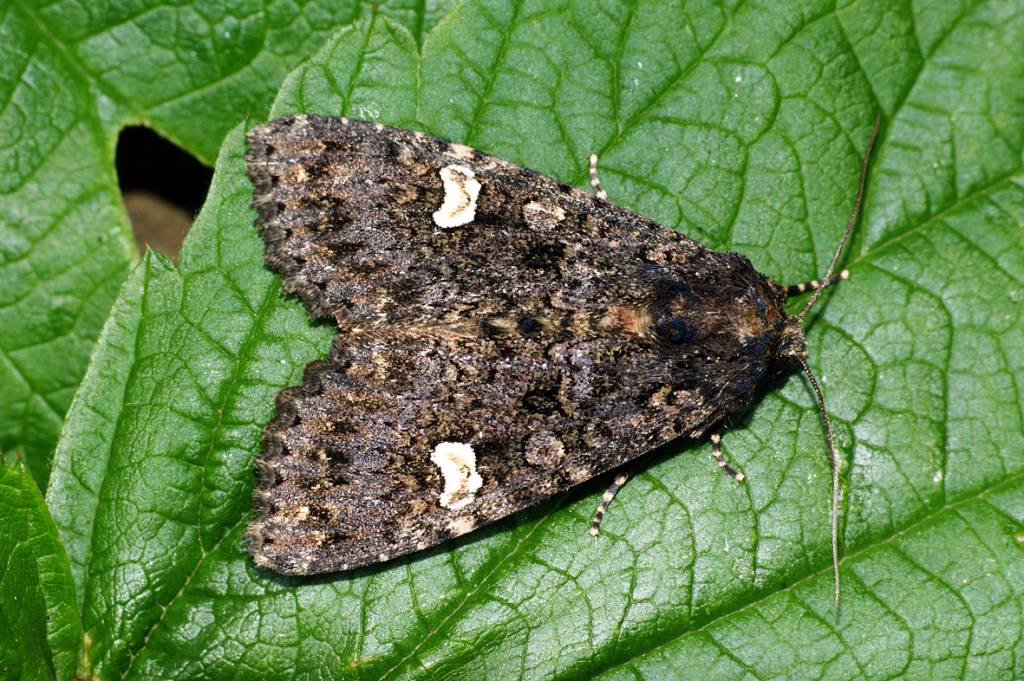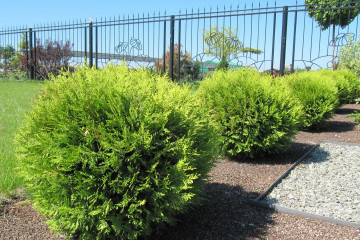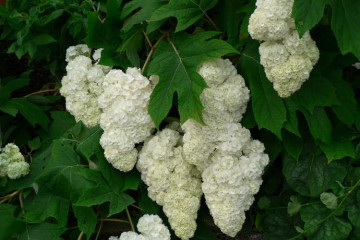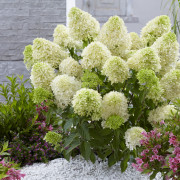Basil-leaved soapwort (Saponaria ocymoides)
Content:
Basilicum soapwort is a herbaceous flowering representative of the Clove family. Its other name is saponaria, which means "soap" in Latin. This is due to some features of the roots of the soapwort and other parts of the plant. If you rub them, then a soapy coating will remain on your hands, which, when moistened with water, turns into foam. This plaque is formed from saponin, a natural soap substitute found in large quantities in the root system of the saponaria soapwort.
Since the flower has a bright appearance and is rather unpretentious to care for, it is often used to decorate landscape design.
Short description, history of origin
There are many varieties of soapwort grass, but they are all easy to spot on the lawn from the large, light pink floral carpet. The plant is considered to be undersized and can reach a height of no more than 90 cm. Flowering begins in May, the blossoming buds have five small petals.
Among all the advantages of a plant, gardeners distinguish the following main ones:
- It grows equally in any light - in the shade and in the sun.
- Possesses good frost resistance and tolerates drought well.
- Differs in rapid growth and high seed germination.
- Very unpretentious in the choice of soil. Any well-drained soil is required for cultivation.
Origin story
In its natural habitat, the soapwort flower is a perennial and grows on rocky soil, mainly in the forest. The homeland of the plant is the mountainous regions of Spain, the islands of Corsica and Sardinia. The first mention of it dates back to the 17th century - then it was used as a soap.
In addition, the perennial shrub is used as a medicinal plant. It contains many vitamins and other nutrients. Saponaria is used in cosmetology, in the treatment of gastrointestinal and skin diseases.
Popular varieties
In total, about 40 species of the soapwort plant are known, but no more than 10 are grown under decorative conditions. The following varieties are especially popular among gardeners.
Common soapwort
Perennial with pink flowers and narrow green leaves. It looks bad in a single planting, but it opens up in a composition with other plants.
Soapyka white
It is considered one of the rarest and brightest varieties. It can reach a height of 1 meter. The blossoming flowers have a snow-white hue.
Terry soap
It has double petals and is slightly larger relative to other varieties.
Soddy
Grows mainly on stony soils. Found naturally in the Pyrenees. It is a dwarf species - it reaches a height of 15 cm. The leaves are lanceolate, the flowers are pink.
Medicinal
An unpretentious flower that grows almost throughout the territory of Russia. The pink flowers have a pleasant scent.
Pink
This variety is better known as Olivan's soapwort. Breeders bred a hybrid specifically to decorate the alpine slides. The bush is low, creeping along the ground, the flowers are bright pink.
Others
In addition, there are many other varieties of culture. The most interesting are the dwarf, which grows only a few centimeters in height, and plants with yellow and purple buds, such as Camille's saponaria.
It is distinguished by soft velvety leaves and small pink flowers.
Growing from seeds
Basilikolistnaya soapwort reproduces mainly by seedlings. In garden stores, you can find seeds of such varieties of soapworms as Moon Dust, Inspiration.
Reproduction of a flower by a seed method is carried out in compliance with the following stages:
- Any container with drainage holes and soil with good moisture permeability are prepared.
- Seeds are moistened before sowing. After planting, the soil is watered, covered with foil.
- When the first shoots appear, the cover is removed. After the appearance of two leaves, the seedlings dive. Before planting in open ground, it must be pre-hardened.
- Seedlings appear in 2-3 weeks. Landing in open ground is carried out in mid-May.
- For planting in open ground, the root system, along with a lump of earth, is moved into previously prepared holes.
The roots contain alkaloids and saponin. Therefore, the plant is used as a pain reliever.
Planting in a seedless way
In addition to the seed method, the plant can be propagated by the method of dividing the rhizome and cuttings. In the first case, the root is divided into several parts and planted in separate cups. When grafting, the top is cut off and grown in wet sand.
Soapyka - planting and care in the open field
Although the flower is unpretentious, it needs basic care. It should be watered regularly, but not abundantly. It is not necessary to spray decorative species. To prevent waterlogging, it is necessary to use light drained soils.
An unpretentious plant does not need feeding. It is allowed to apply phosphorus fertilizers once a year.
When and how it blooms
The flowering period is from May to August. In general, similar varieties of saponia can differ in the appearance of flowers.
Some of them can be terry and reach 4 cm in diameter. However, the flowers are mostly small.
Flower shapes
In contrast to the varied shade of the petals, the shape is the same for all varieties. Due to the fact that the soapwort blooms in two stages, it pleases gardeners with a bright look almost all summer.
Changes in care during flowering
To obtain abundant flowering, it is recommended to make complex fertilizing. Also, to prevent self-seeding, faded buds should be regularly removed - this will extend the flowering period. Apart from this, there are no other changes in care.
Transplant after purchase and reproduction
When transplanting, the main thing is that the new soil is light, loose and not waterlogged. The procedure is carried out by transferring the bush together with an earthen lump into a prepared hole. Within a few days after transplanting, the flower must be fed with root-forming preparations.
Possible growing problems
Although saponaria is an unpretentious plant, in some cases problems can arise when growing it.
Diseases and pests
Brown spots and darkening on the leaves indicate the appearance of fungal diseases. For treatment, it is necessary to remove the damaged areas and adjust the watering regime. If the bush is completely affected, then it should be destroyed entirely, otherwise treatment with fungicides will help.
The main enemy of the flower is the garden scoop butterfly. To combat it, insecticides should be used.
Signs of improper care
If dark spots appear on the leaves of soapwort, this indicates excessive watering of the bush. The flower withers if it is affected by root rot. This may be due to waterlogging of the soil or insufficient soil disinfection.
Mylnyanka is an excellent plant for creating landscaping. With all its ease of care, it can decorate any area.
